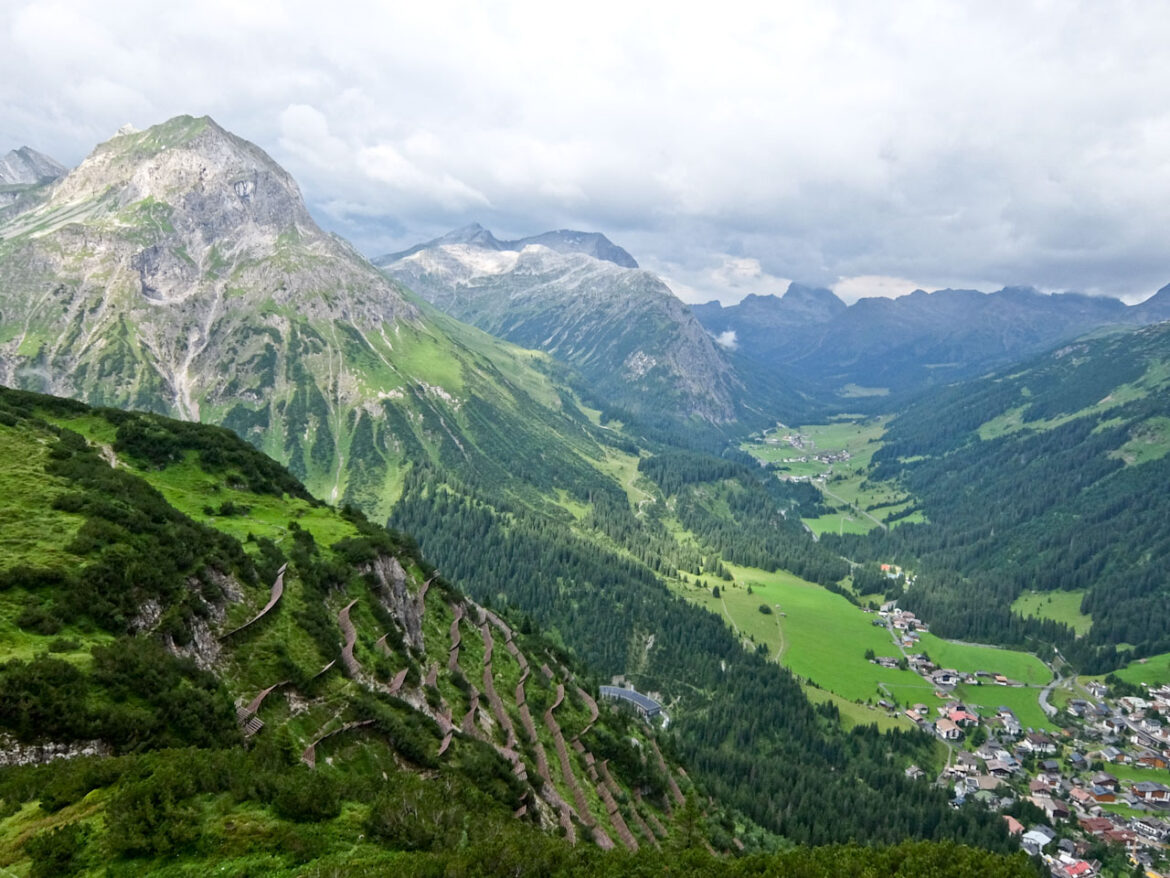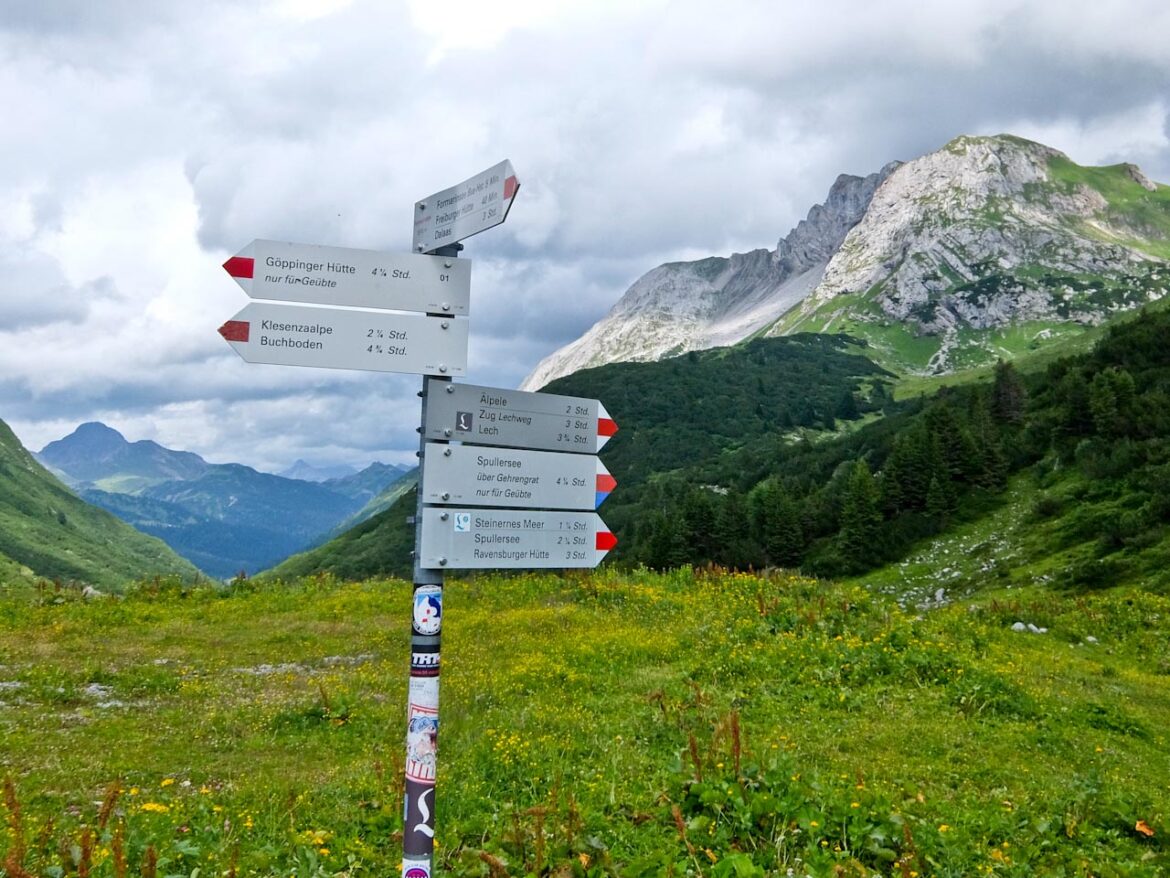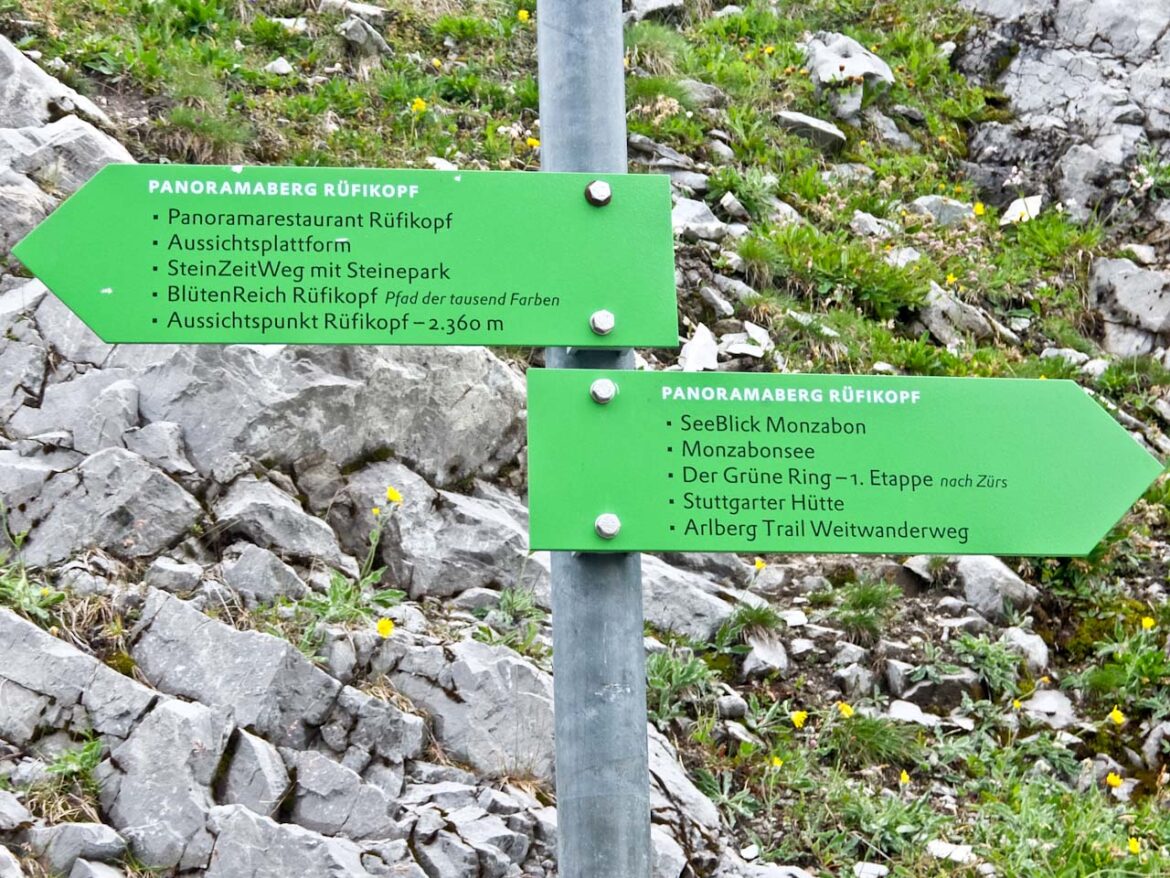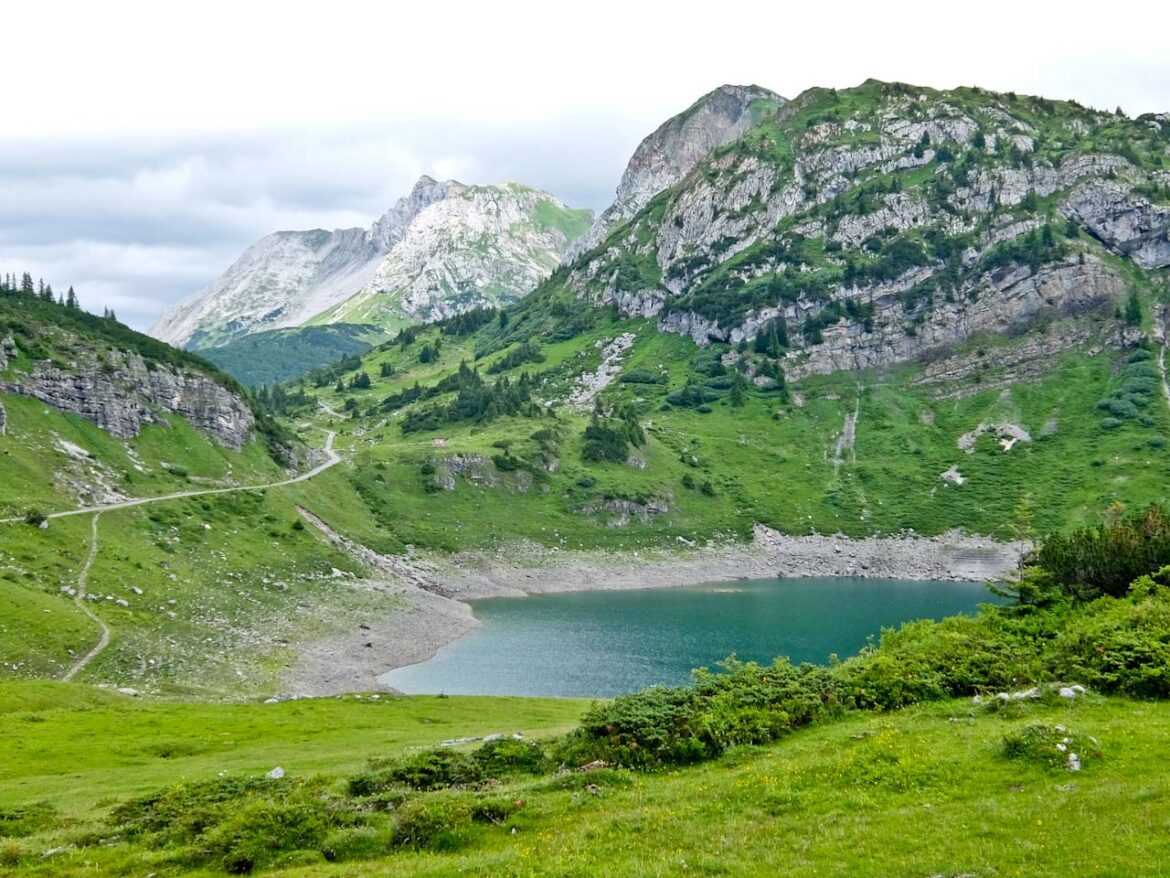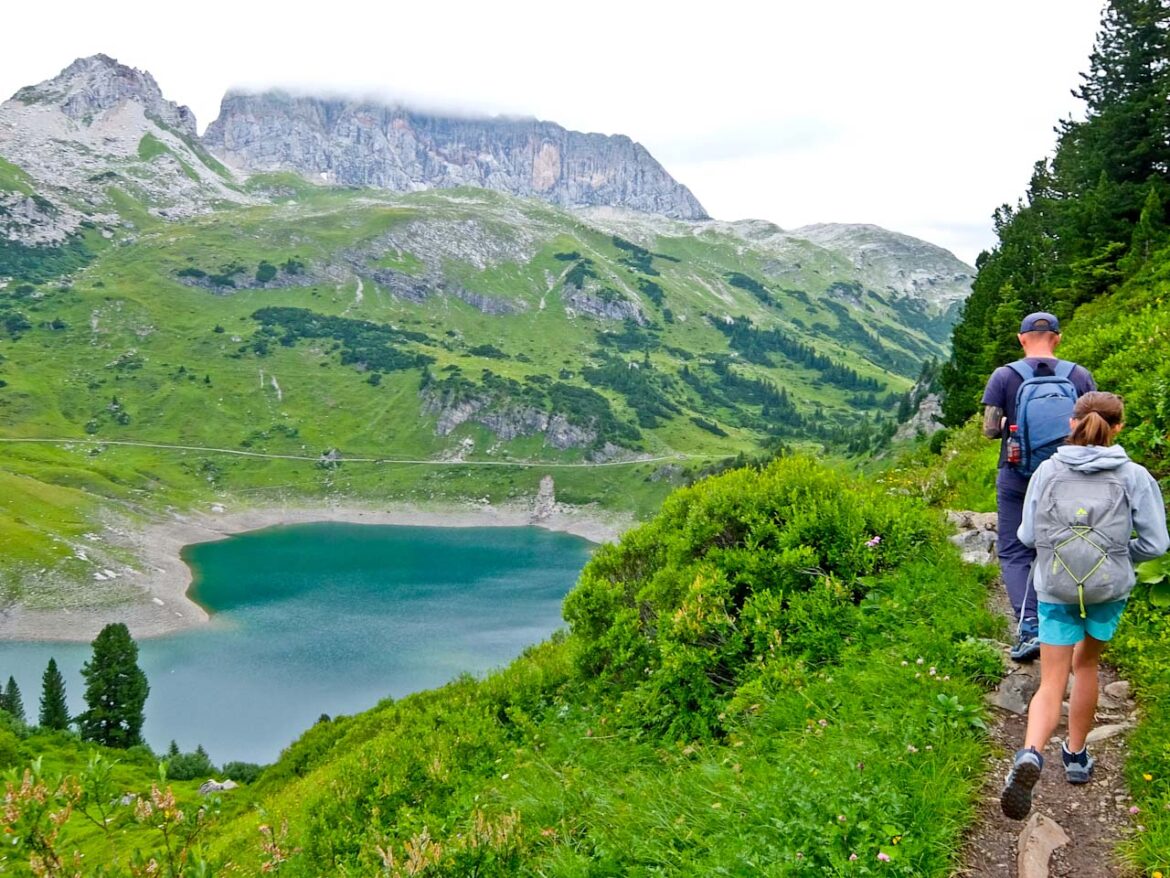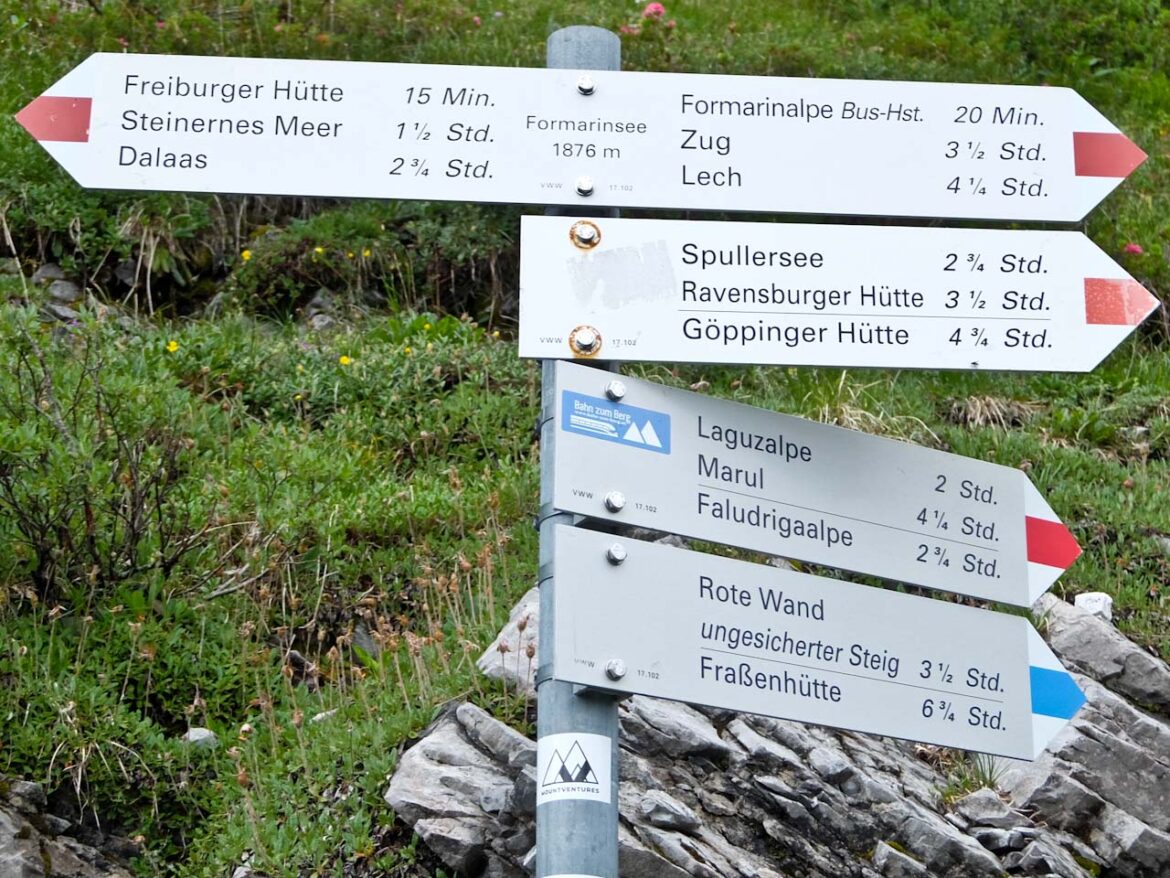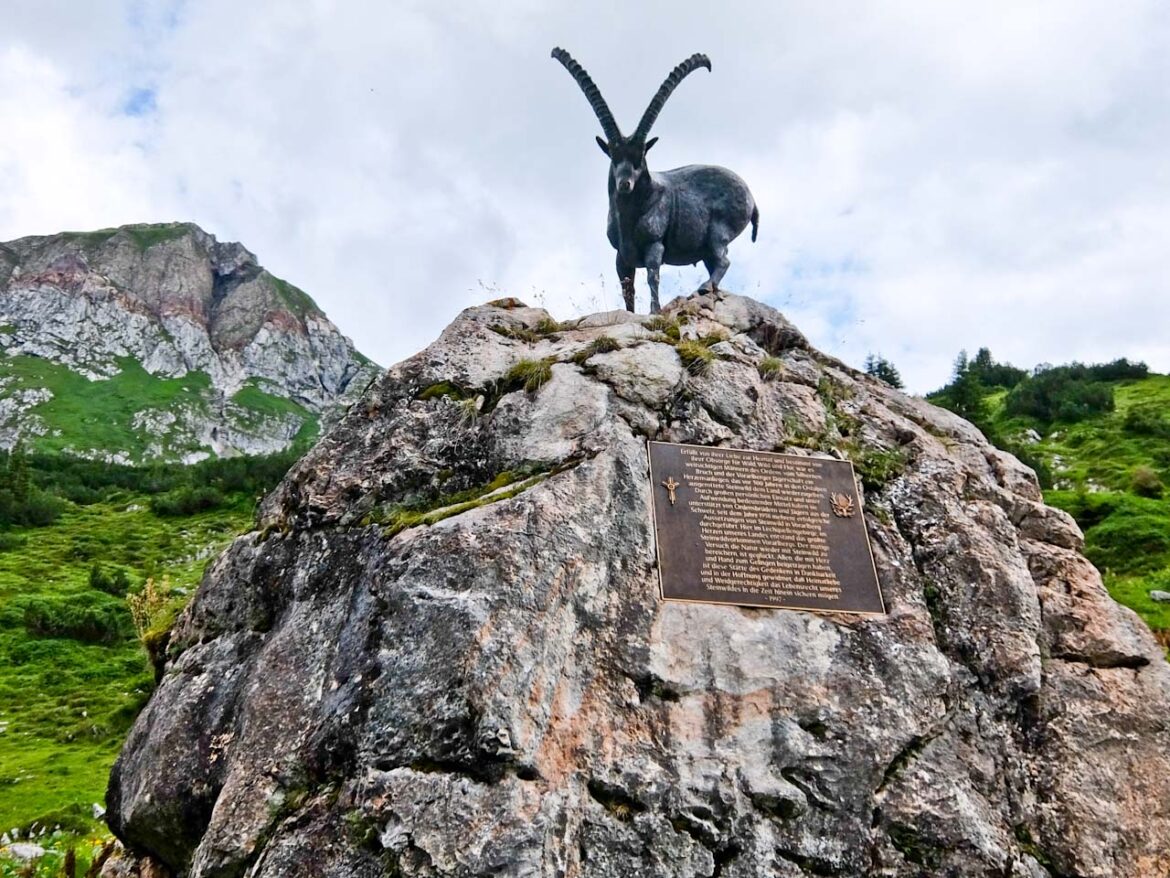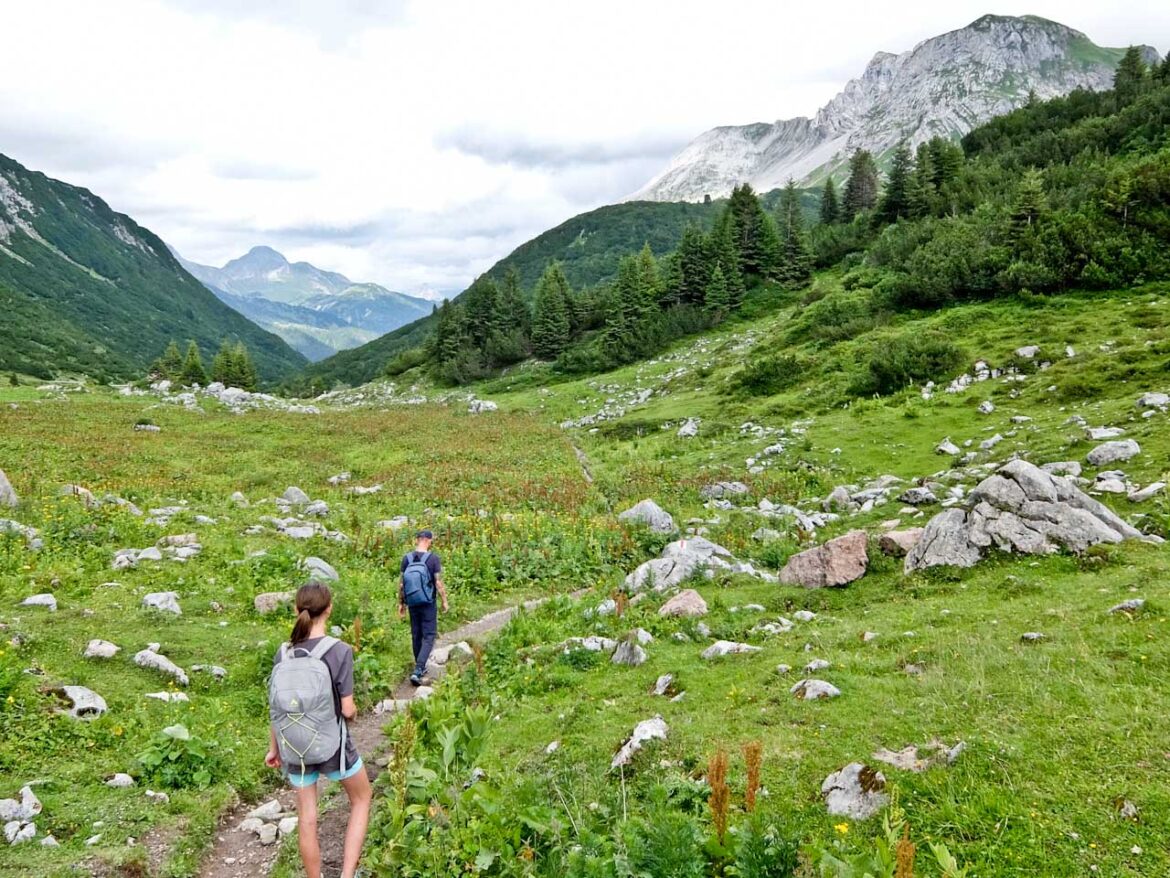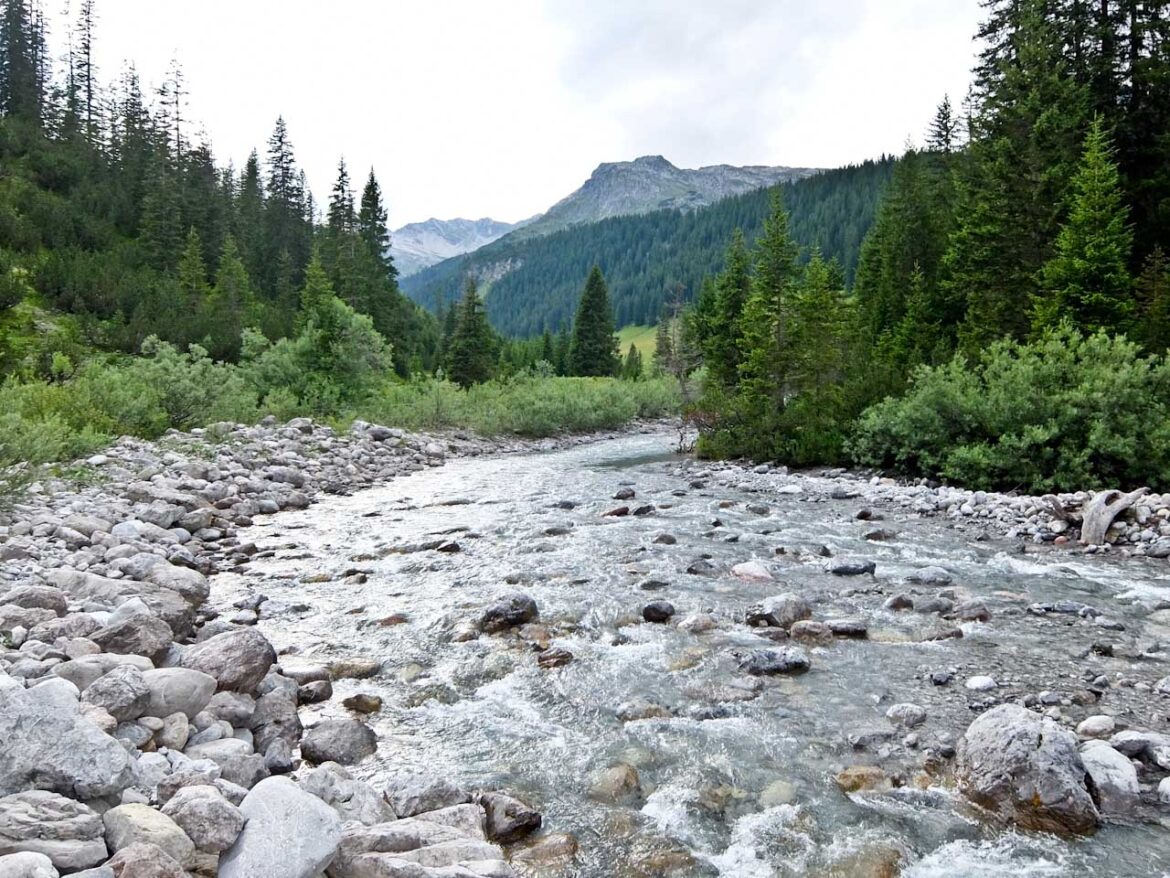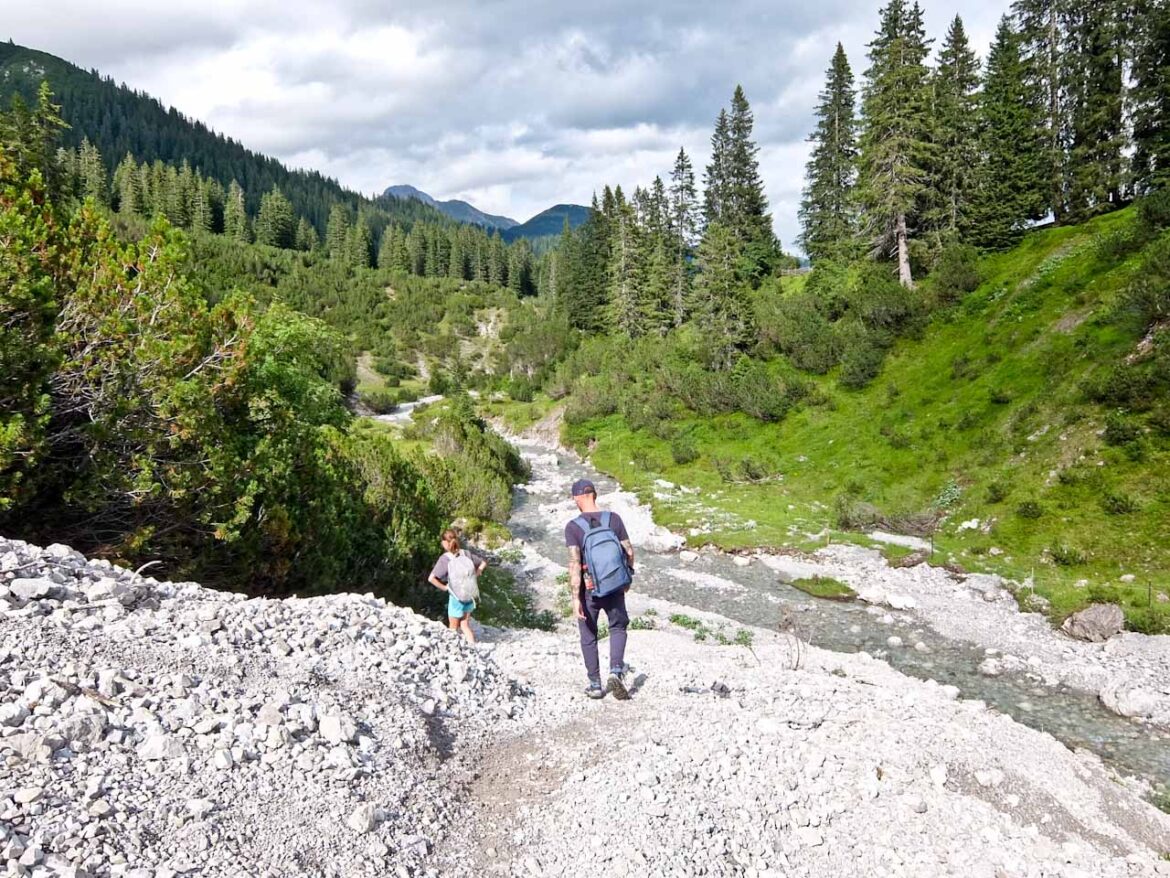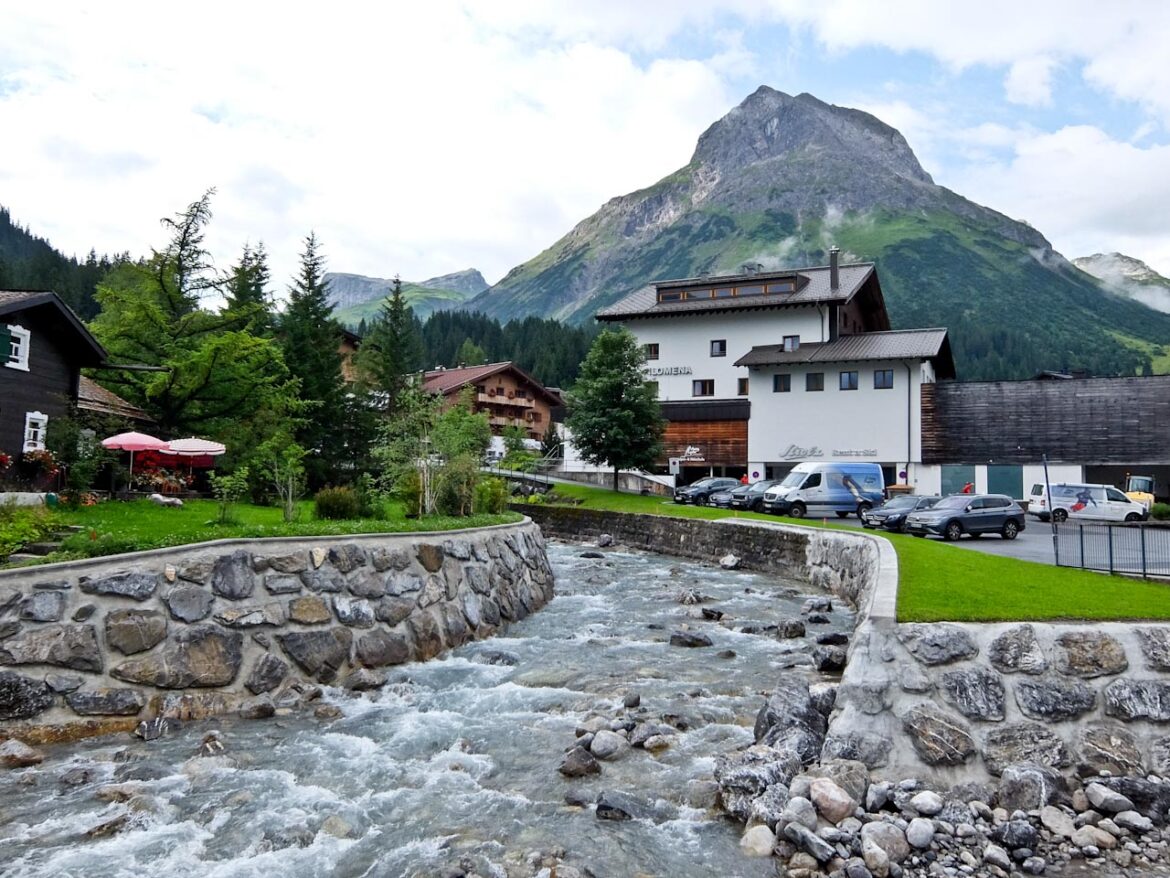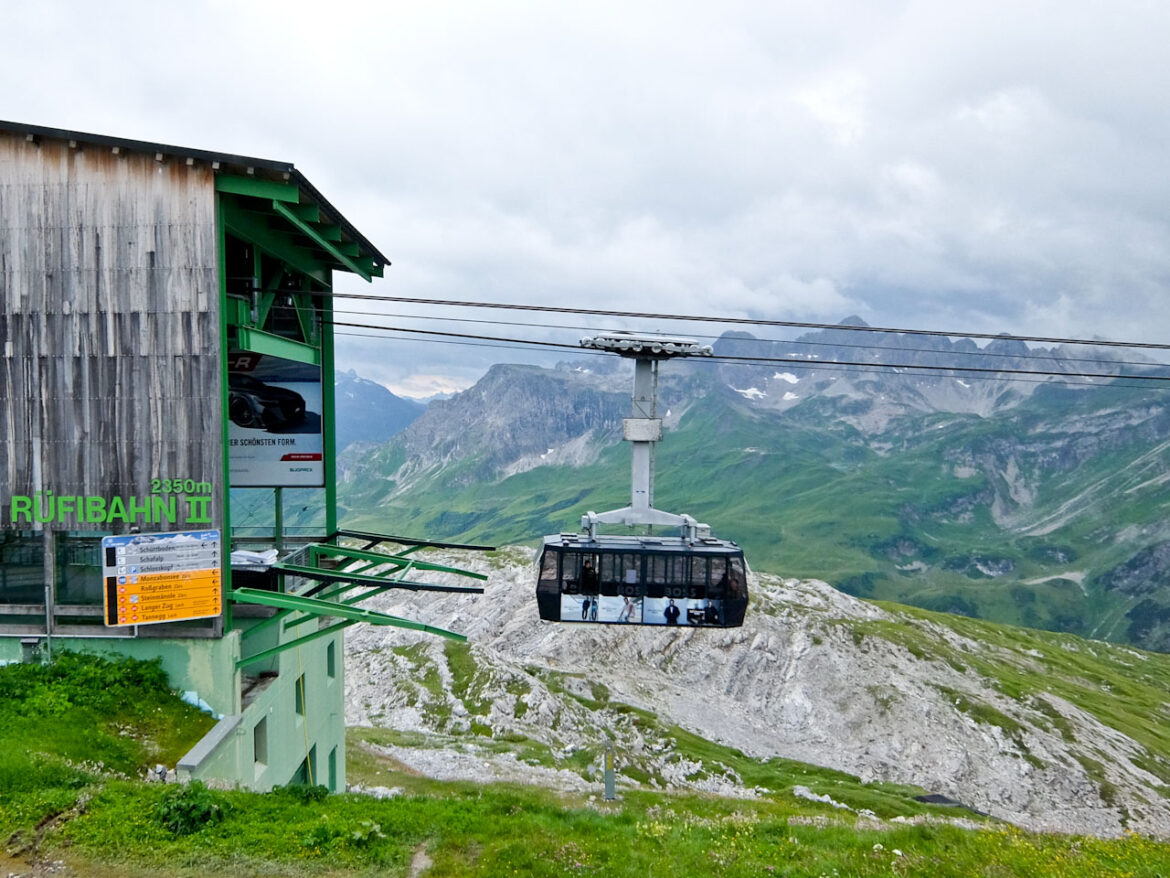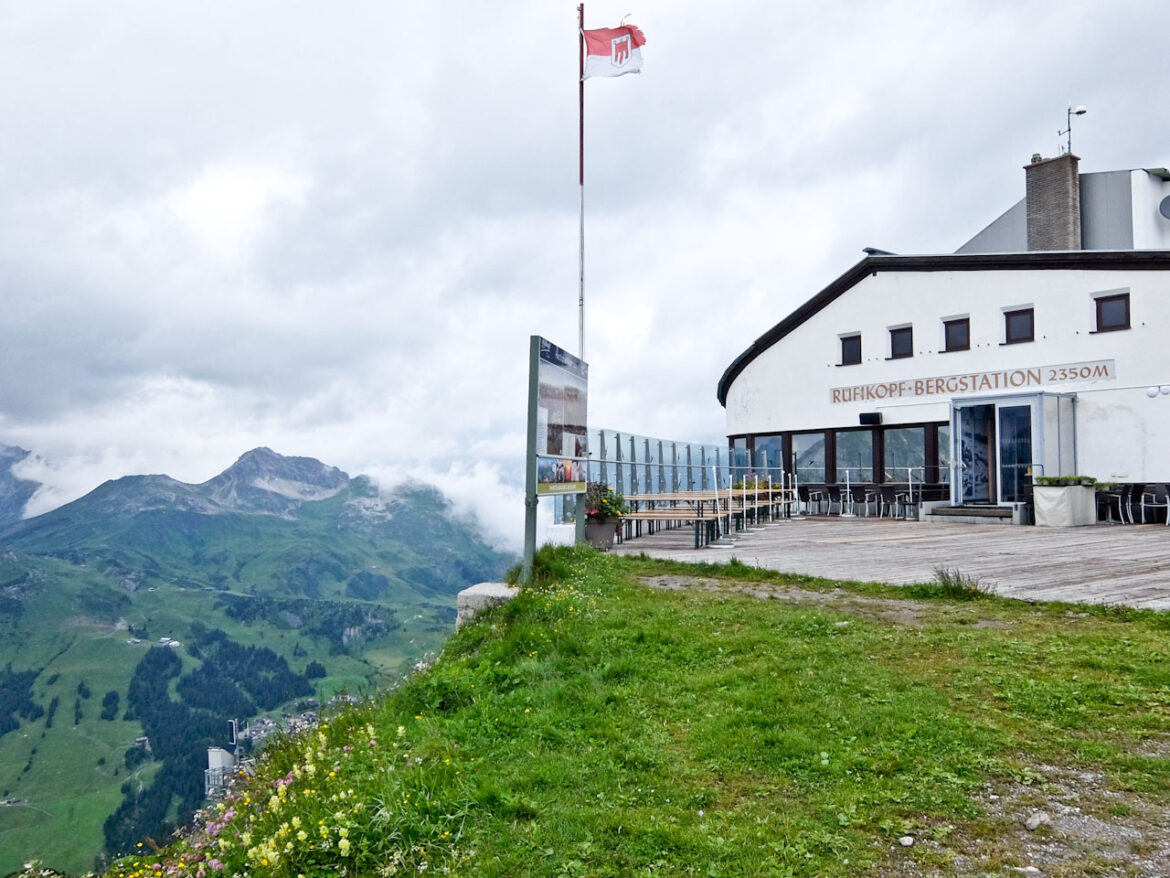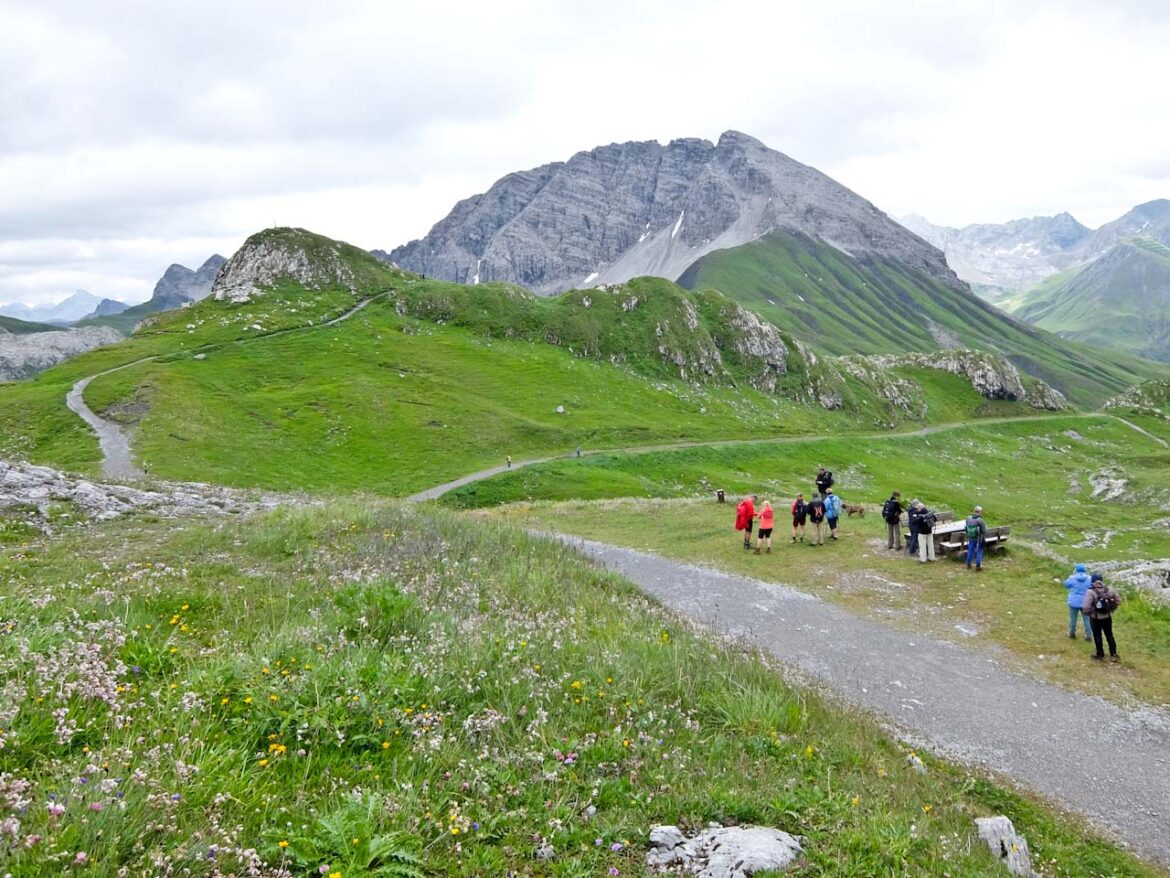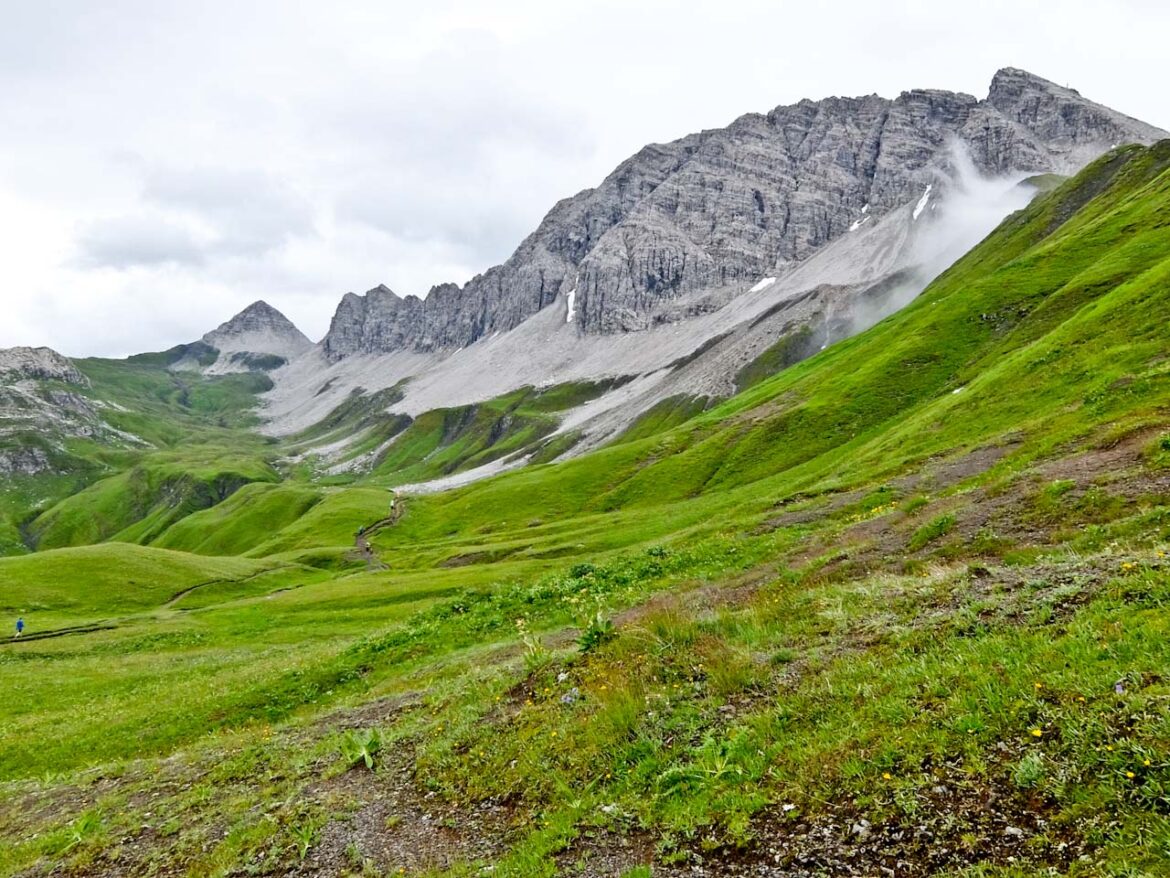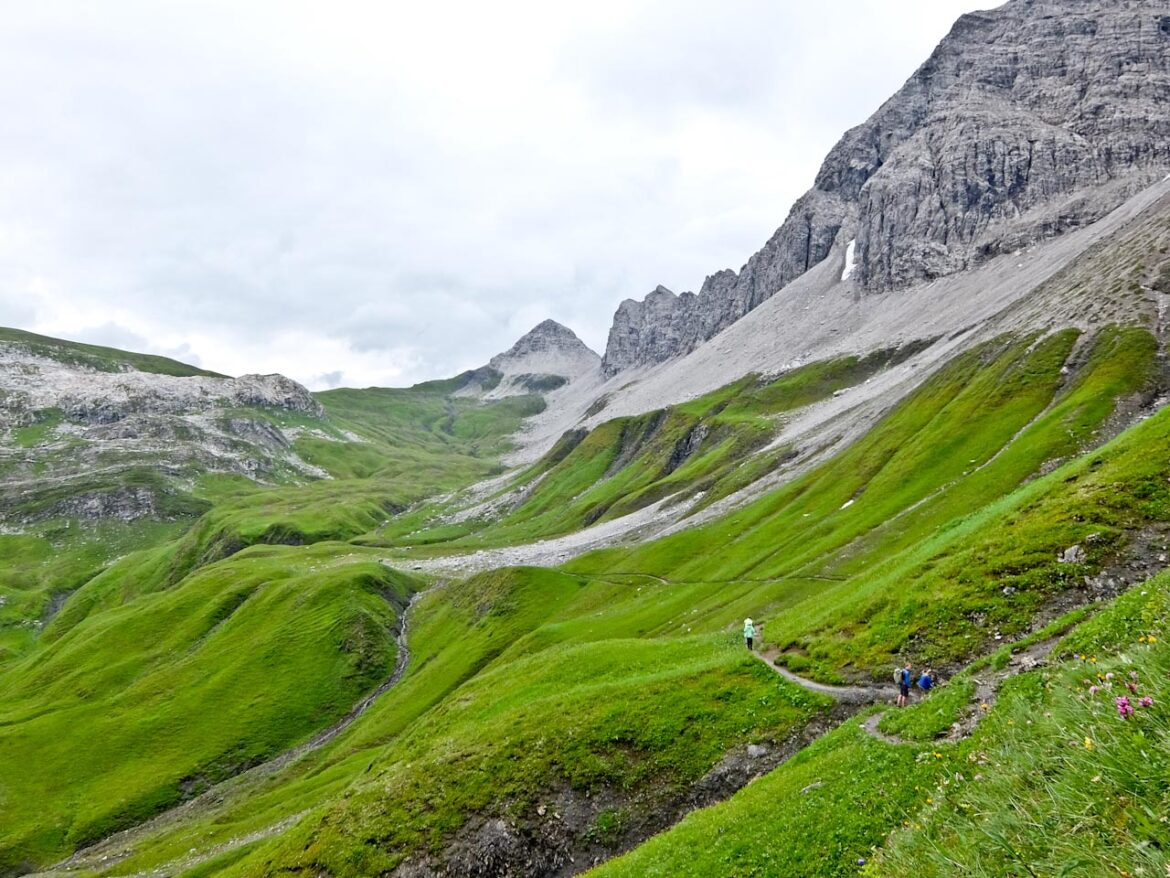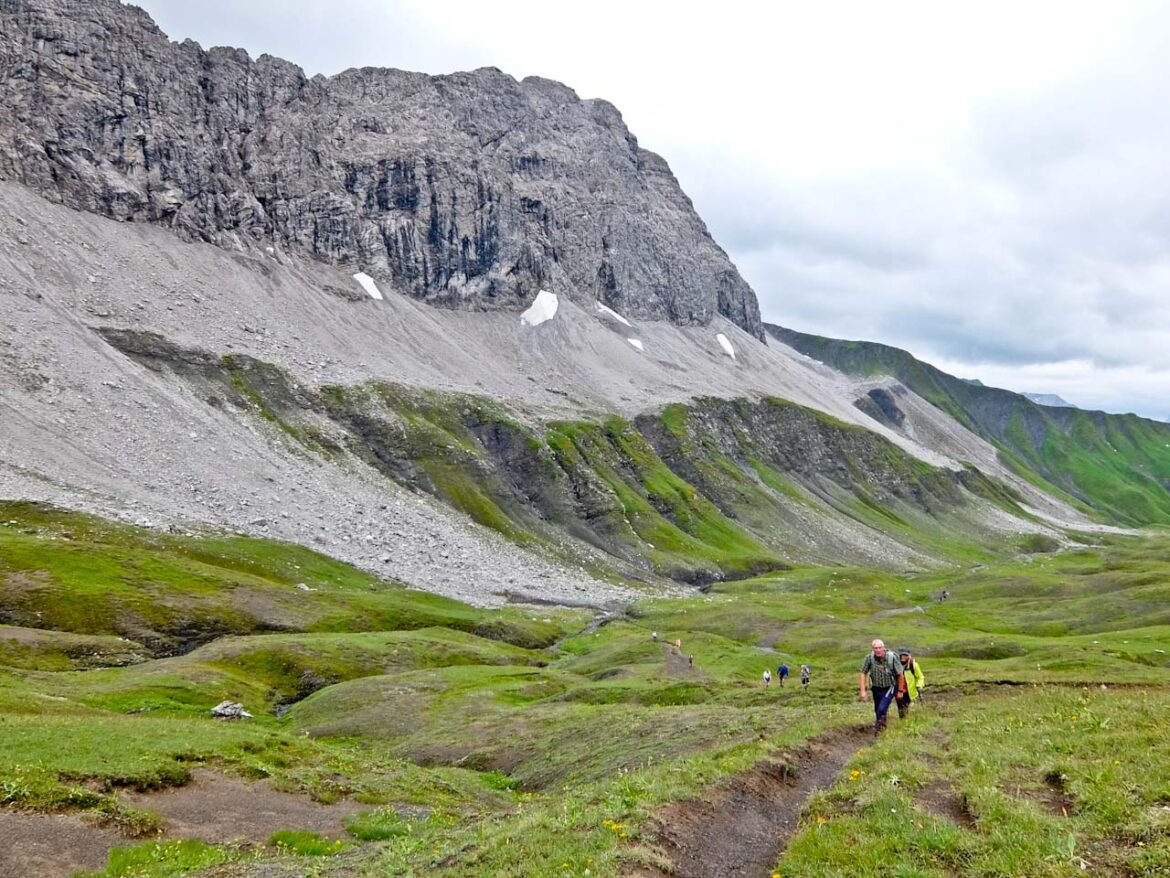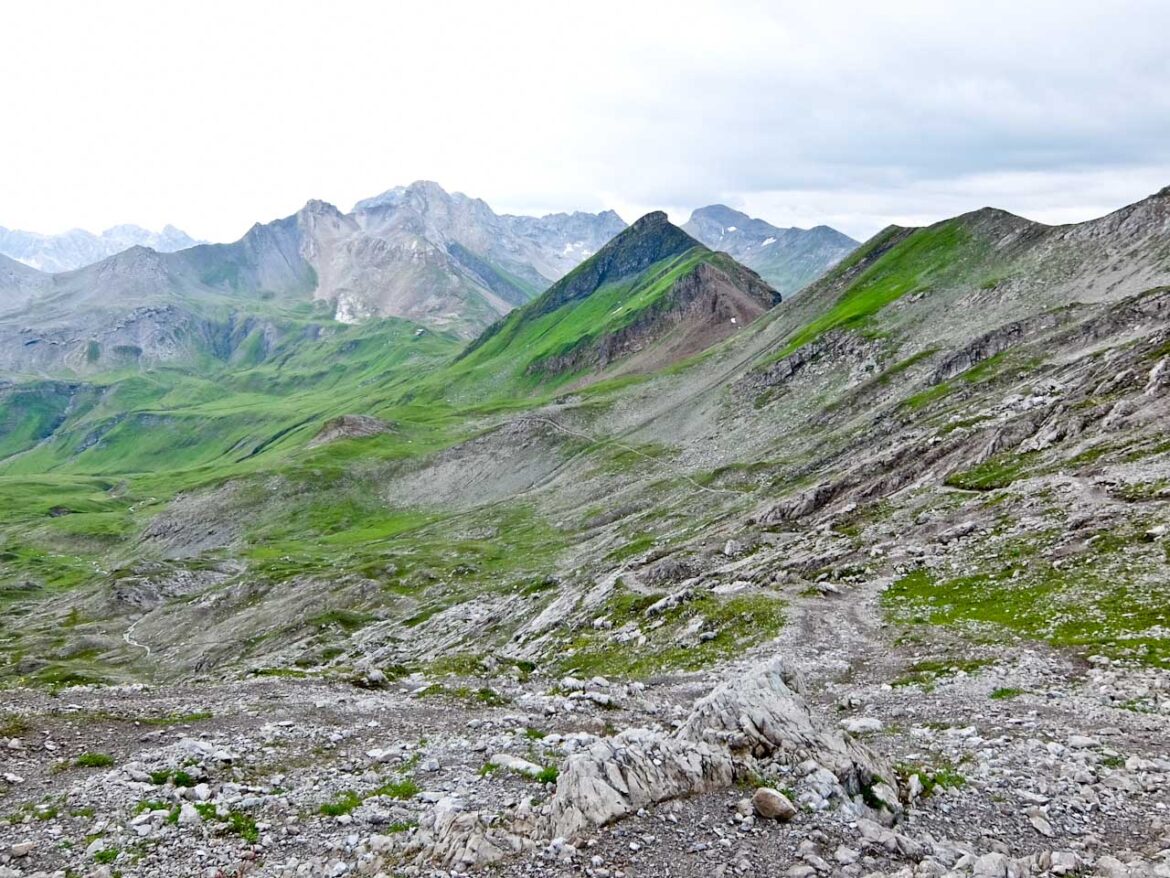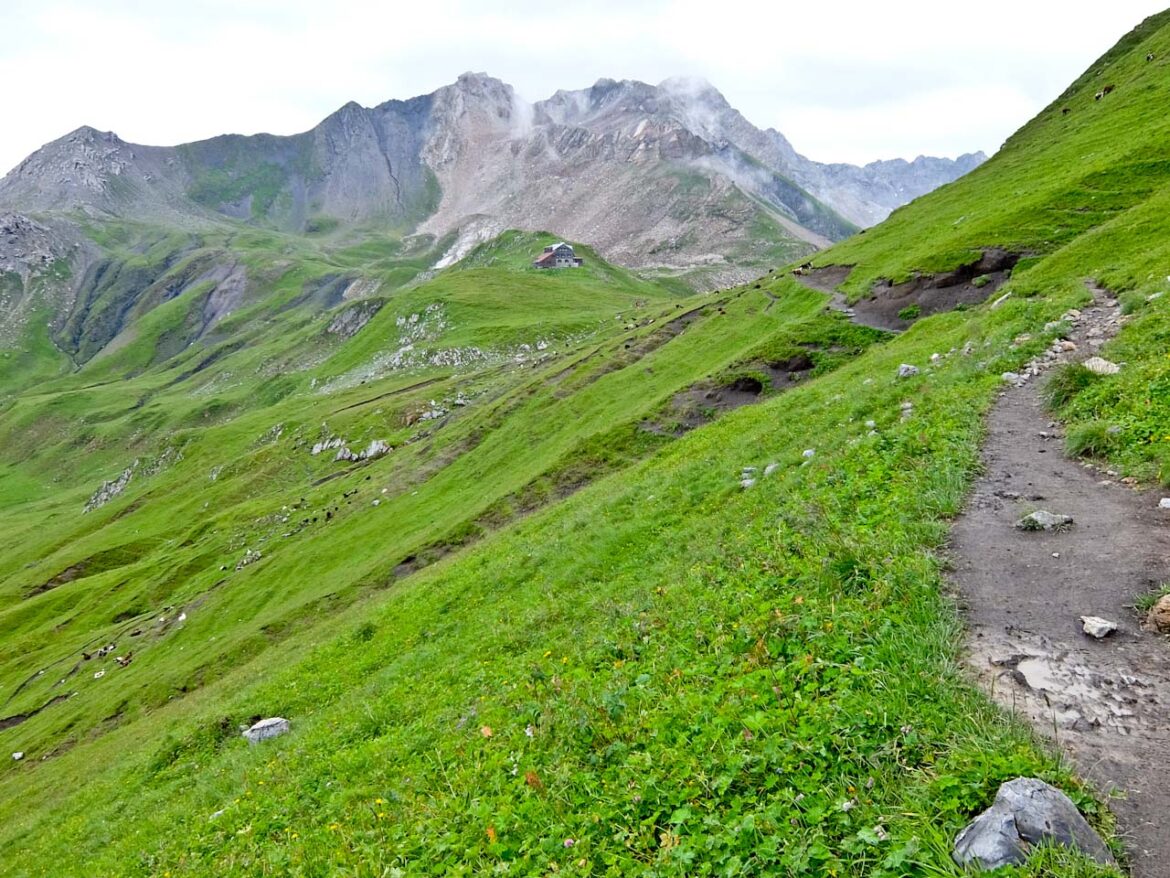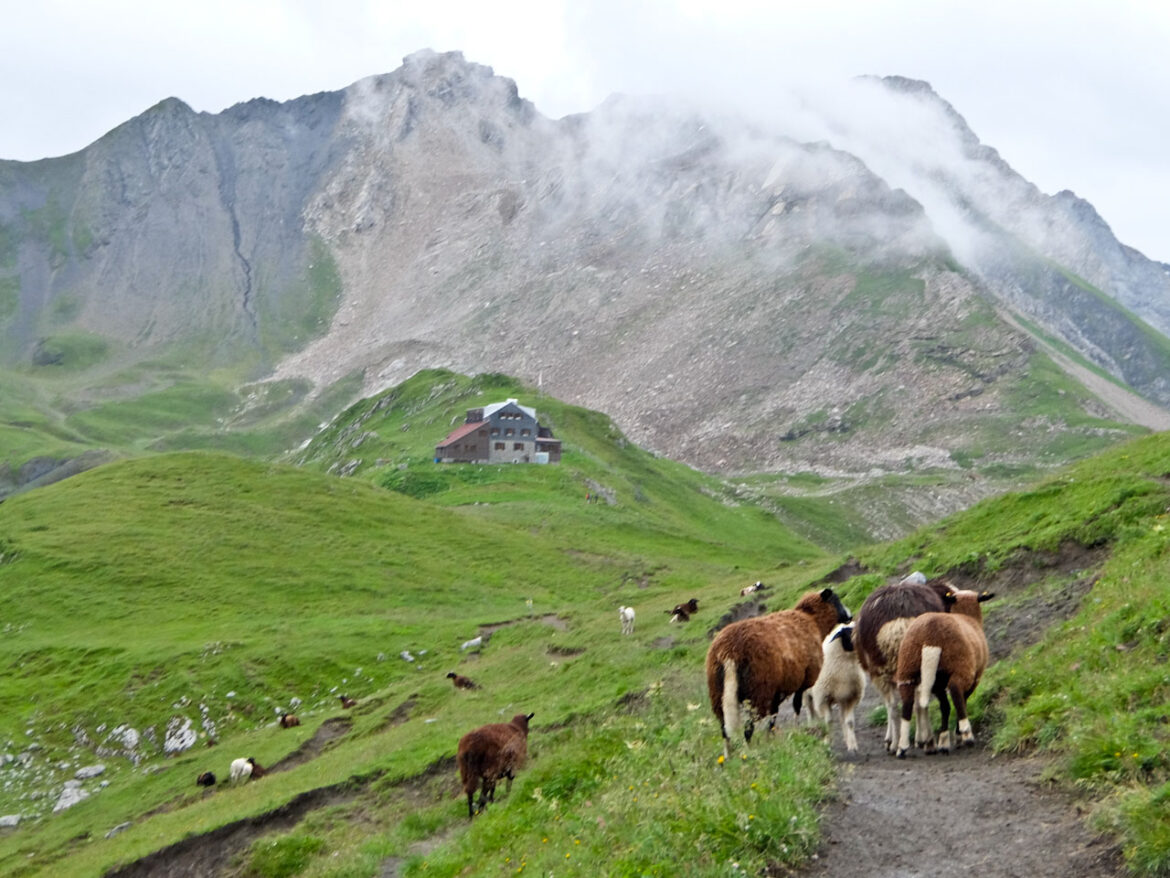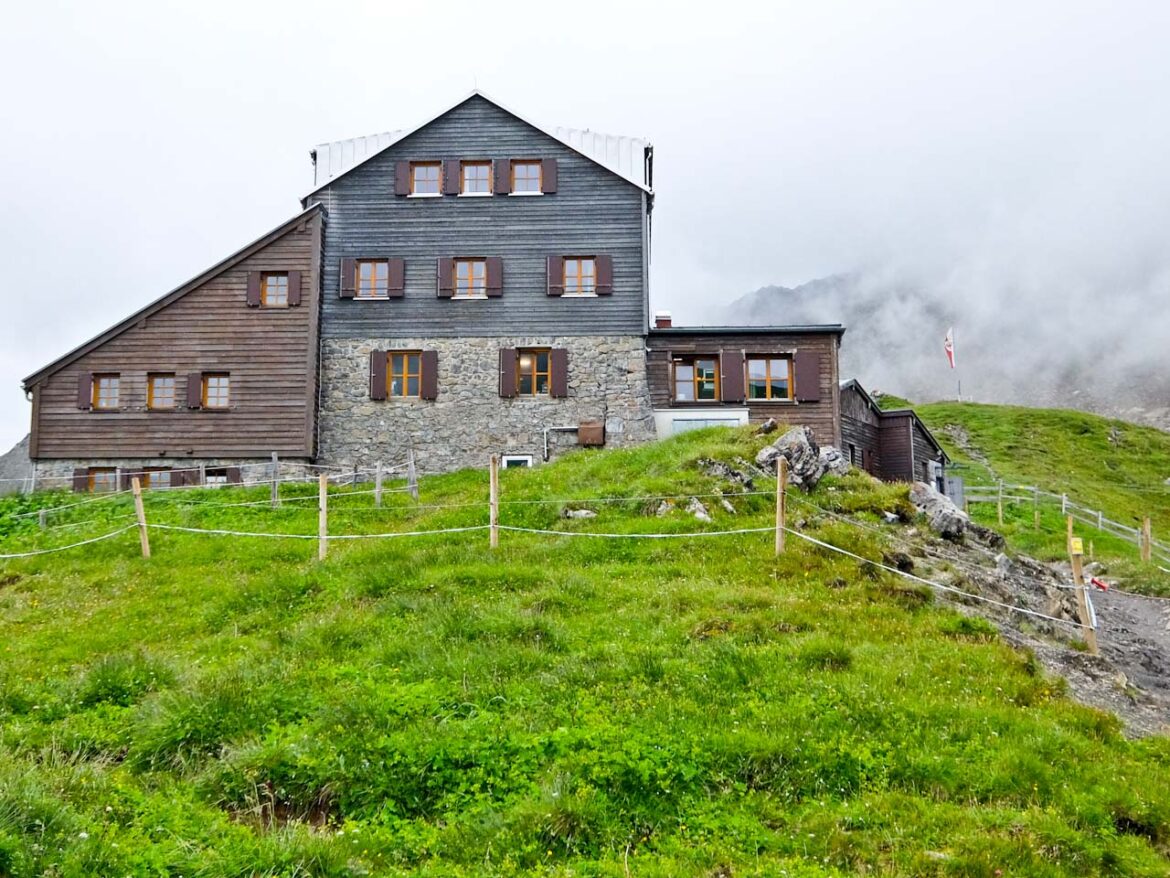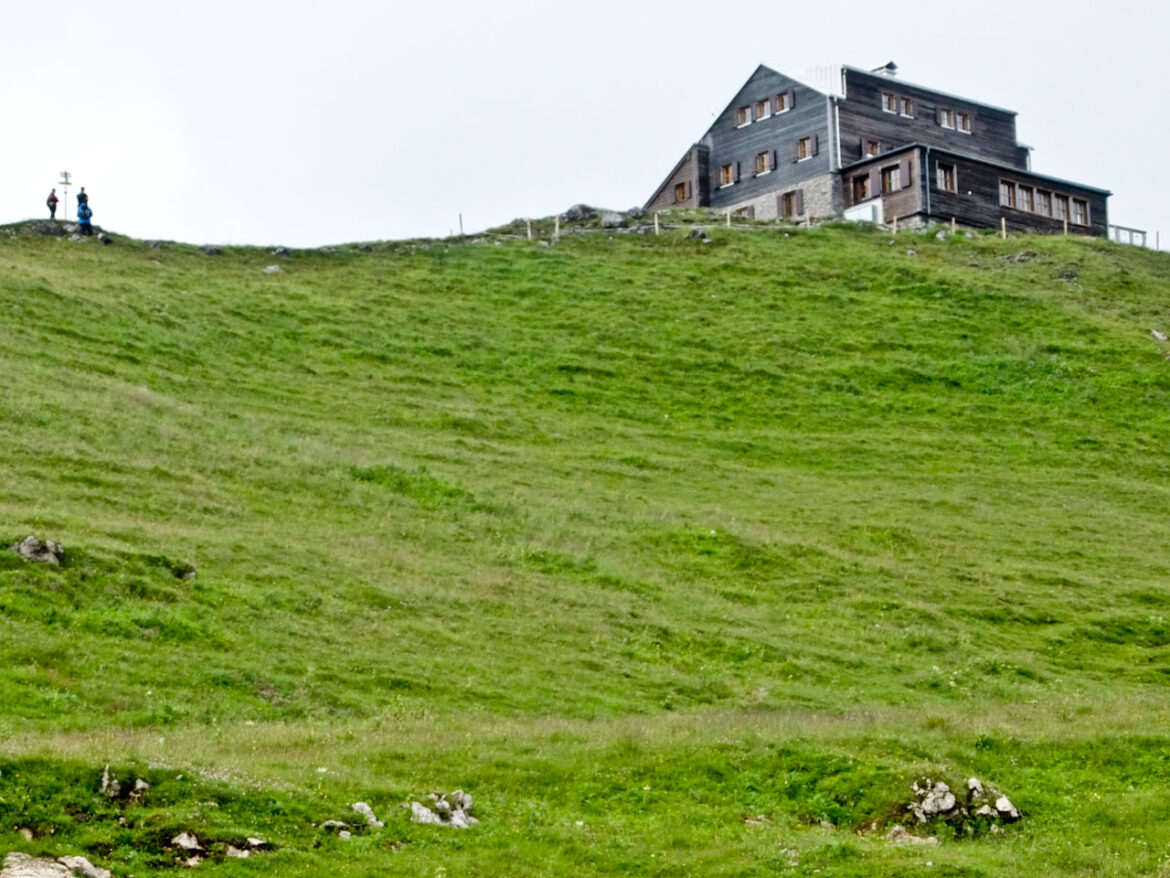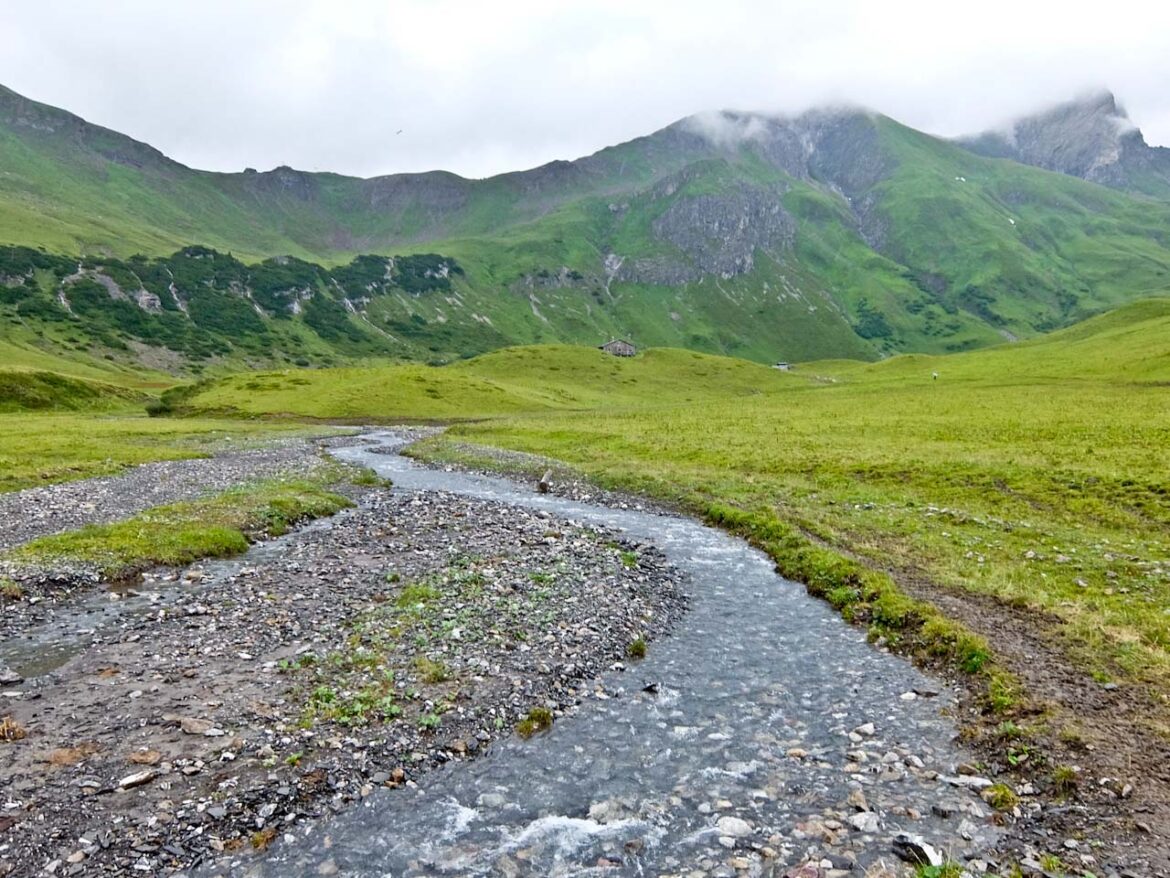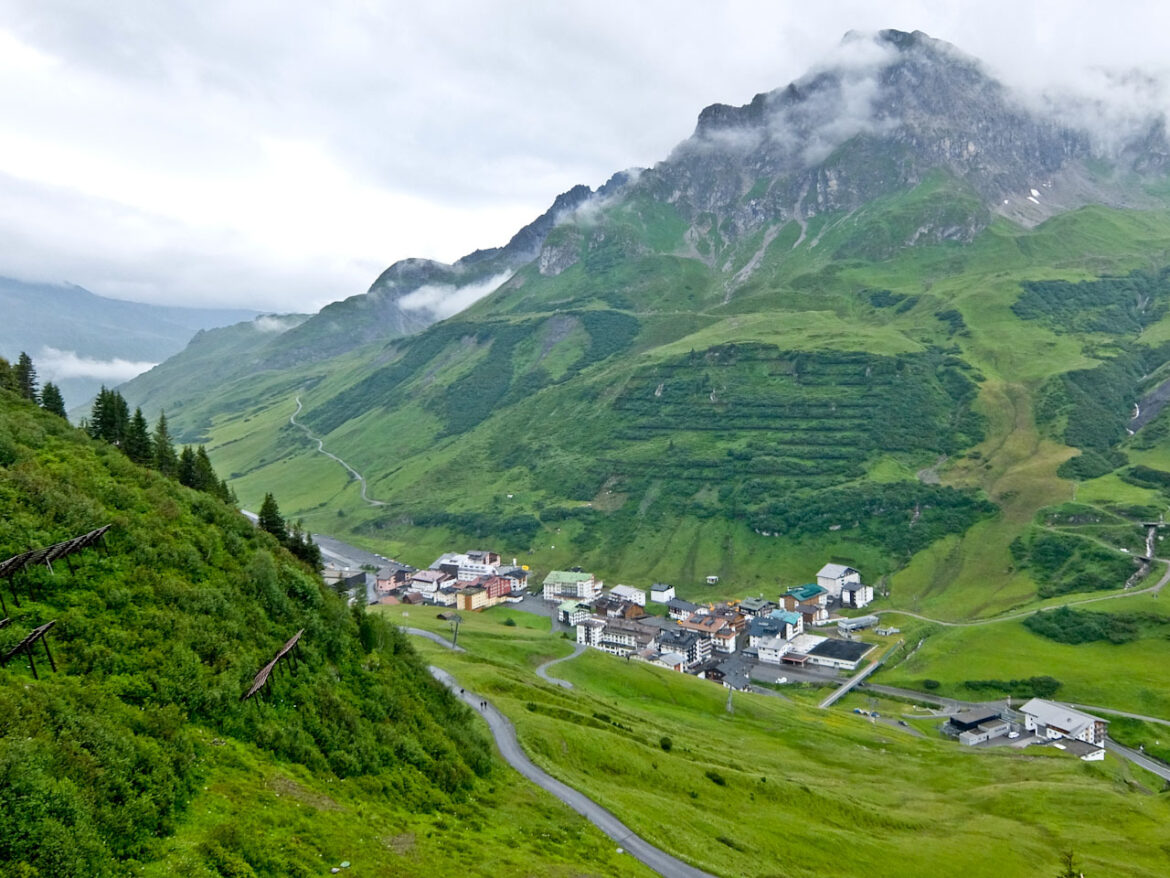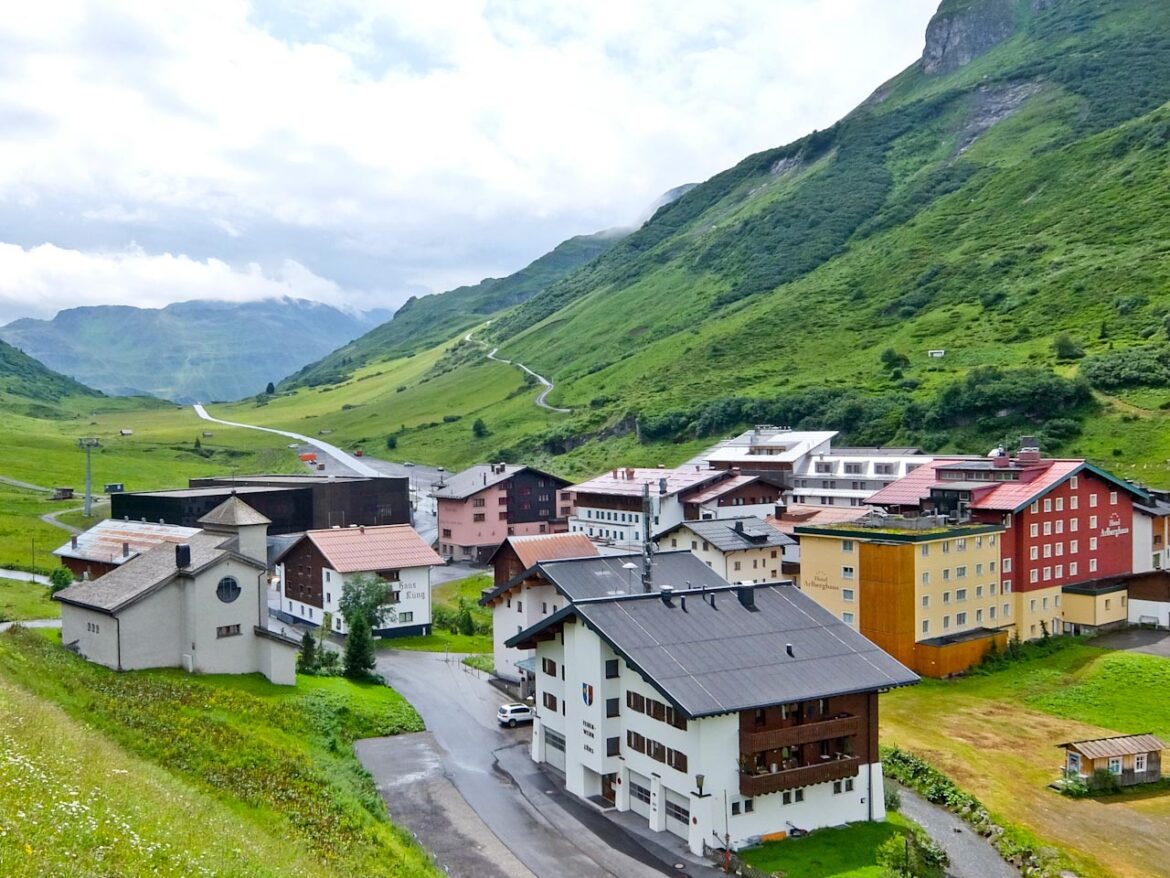In the heart of the Austrian Alps, Lech am Arlberg is famous as an up-market ski resort, attracting the likes of the Dutch royal family and the King of Jordan. But as summer approaches, the slopes turn lush, dotted with bright alpine flowers and the Lech River, once frozen, bubbles through the valley, inviting fly-fishers and walkers, to its banks.
There’s a unique Alpine culture here, brought by the Walser people who migrated from the Swiss canton of Valais in the 13th century. These hardy settlers built their homes at higher altitudes than most Europeans dared, bringing with them unique architectural styles, communal farming practices, and a distinct dialect that still flavours the speech of locals
Life was so tough that young children, whose parent couldn’t afford to feed them were sent walking to work on large feudal estates in Germany. Some of these ‘Swabian’ children didn’t make it, frozen by the elements or eaten by wild animals, and most never returned. You can still see remnants of Walser traditions in the wooden alpine houses with their steep roofs and in the village festivals that celebrate seasonal rhythms and communal life.
Lech is part of the Lech Zürs am Arlberg area, which offers over 350 km of marked hiking trails, many leading through remote alpine pastures where cows graze under the watchful eye of craggy peaks. For an unforgettable experience, try the Green Ring, a three-day circular hike that blends stunning scenery with storytelling sculptures and art installations along the route.
Lechweg Trail from Formarinsee to Lech 14 km
The Lechweg is a 125 km long-distance hiking trail threading through pristine mountain landscapes from Formarinsee down to the Lechfall in Germany. It’s one of the routes that the ‘Swabian’ children many have followed. The start is easily accessible by a regular bus service from Lech, but heavy rain means I have to wait until the afternoon
I begin with a scenic loop around the shores of Lake Formarinsee, tucked beneath the towering Rote Wand. At 1,793 m, it’s fed by glacial melt, and ebbs and flows each year. A certain amount of scrambling, using chains, is required around the far side of the lake but then the path follows the River Lech on a gradual downhill.
This is pleasant walking, through Alpine meadows, and passes one of the largest Ibex colonies in Europe with over 600 animals roaming freely. Wooden walkways cover marshy ground and the Lech grows in strength and stature as I get closer to the town. Towards the end are a couple of stretches of unwelcome uphill, but after around 5 hours, I’m back in my hotel.
Rüfikopf – Stuttgarter Hütte – Zürs- Lech Trail 14 km
The weather is still unsettled but I decide to risk a high mountain walk. I take the gondola from Lech up onto the Rüfikopf at 2.350 m, fortunately just clear of clouds. From the viewing platform, I get good views of the Lechquellen Mountains, Lechtal Alps, and the Allgäu Alps.
A short series of hairpins leads down to Ochsengümple, a high alpine valley, overlooked by the 2632 m Rüfispitze, and the path stays level before climbing again. The ascent is at first moderate, then steeper and finally reaches Rauhkopfscharte, at 2419 m, the saddle between the Rauher Kopf and Gümplespitze peaks.
I can make out the Stuttgarter Hütte, in the distance, my next destination, but unfortunately it’s beginning to rain. The path is easy, more or less level, and I reach the refuge and take shelter. In a gap between showers, I negotiate the next steep downhill, across the southern slopes of Trittwangkopf and Rüfispitze and finally make to the floor of the Pazieltal Valley.
The path crosses the stream and continues to the Trittalpe hut, where it becomes a farm track reaching Zürs after 30 minutes. I could get the bus back to Lech here but it’s stopped raining so I decide to walk. The trail runs parallel to the road in a gradual descent and then drops down to follow the stream. It then enters the forest with a series of minor ups and downs, before ending in the centre of the village.
Factfile
GO: EasyJet flies direct from Gatwick to Innsbruck. Then it’s train to St Anton and bus to Lech.
The Gatwick Express is the fastest way to the airport from central London.
INFO: Lech Zurs Tourism has information about the village and area
Austria has information about the country.
STAY: Hotel Haldenhof makes for a comfortable 4* stay in the centre of town and has good food.


